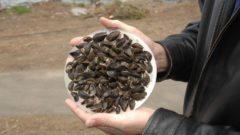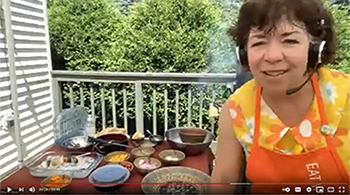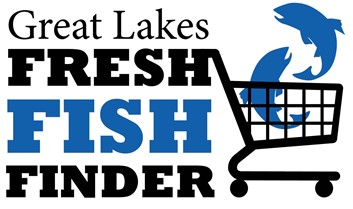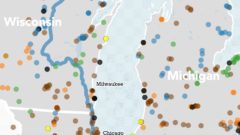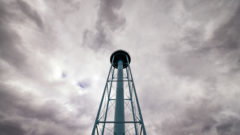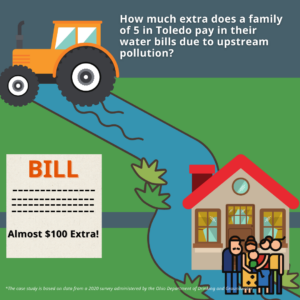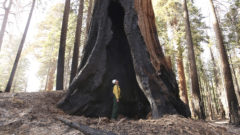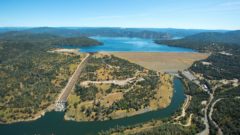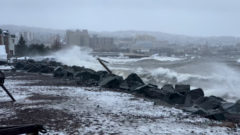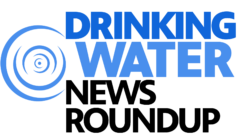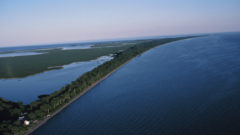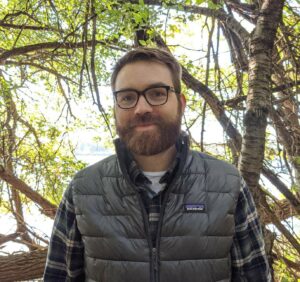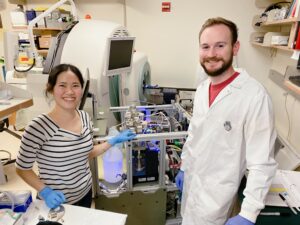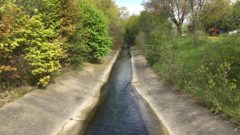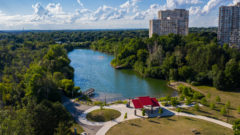Invasive Mussel Collaborative releases new research and control coordination tool
News
Invasive Mussel Collaborative releases new research and control coordination tool
Ann Arbor, Mich. – The Invasive Mussel Collaborative (IMC) today announced the release of a coordination tool to help protect the Great Lakes basin from the impacts of invasive mussels. The new “Dreissena Project Coordination Mapper” allows researchers and managers to share their work and collaborate with others for the advancement and protection of waterways from invasive mussels in the Great Lakes and beyond. The mapper features 120 past and current projects from across North America and new project information is being accepted on an ongoing basis.
“Since first appearing in the Great Lakes in the late 1980s, invasive zebra and quagga mussels have caused significant ecological and economic damage across the basin,” said Todd L. Ambs, chair of the Great Lakes Commission, which leads the IMC with the U.S. Geological Survey (USGS), the National Oceanic and Atmospheric Administration (NOAA) and the Great Lakes Fishery Commission. “This new tool will help equip jurisdictions to better respond to current invasions and prevent them in the future by allowing researchers to identify potential collaborators who are using similar or complementary approaches.”
A frequently updated project database is helpful to capture the current state of science for dynamic areas of research such as dreissenid mussel control. The mapper will improve coordination of invasive mussel research and control by facilitating sharing projects during the early stages, opening up the opportunity to develop new collaborations without having to wait until results are published.
The IMC was established to provide a framework for communication and coordination between a broad membership base of states, provinces, tribal and other entities to determine management objectives for invasive mussels and identify and guide research needed to achieve those objectives. The Dreissena Project Coordination Mapper was debuted by research scientists out of USGS and NOAA which led tool development at a symposium on invasive species collaboratives at the 2022 Joint Aquatic Sciences Meeting on May 20.
The Great Lakes Commission, led by chair Todd L. Ambs, deputy secretary of the Wisconsin Department of Natural Resources (retired), is a binational government agency established in 1955 to protect the Great Lakes and the economies and ecosystems they support. Its membership includes leaders from the eight U.S. states and two Canadian provinces in the Great Lakes basin. The GLC recommends policies and practices to balance the use, development, and conservation of the water resources of the Great Lakes and brings the region together to work on issues that no single community, state, province, or nation can tackle alone. Learn more at www.glc.org.
Great Lakes Commission
https://www.glc.org/news/imc-researchtool

